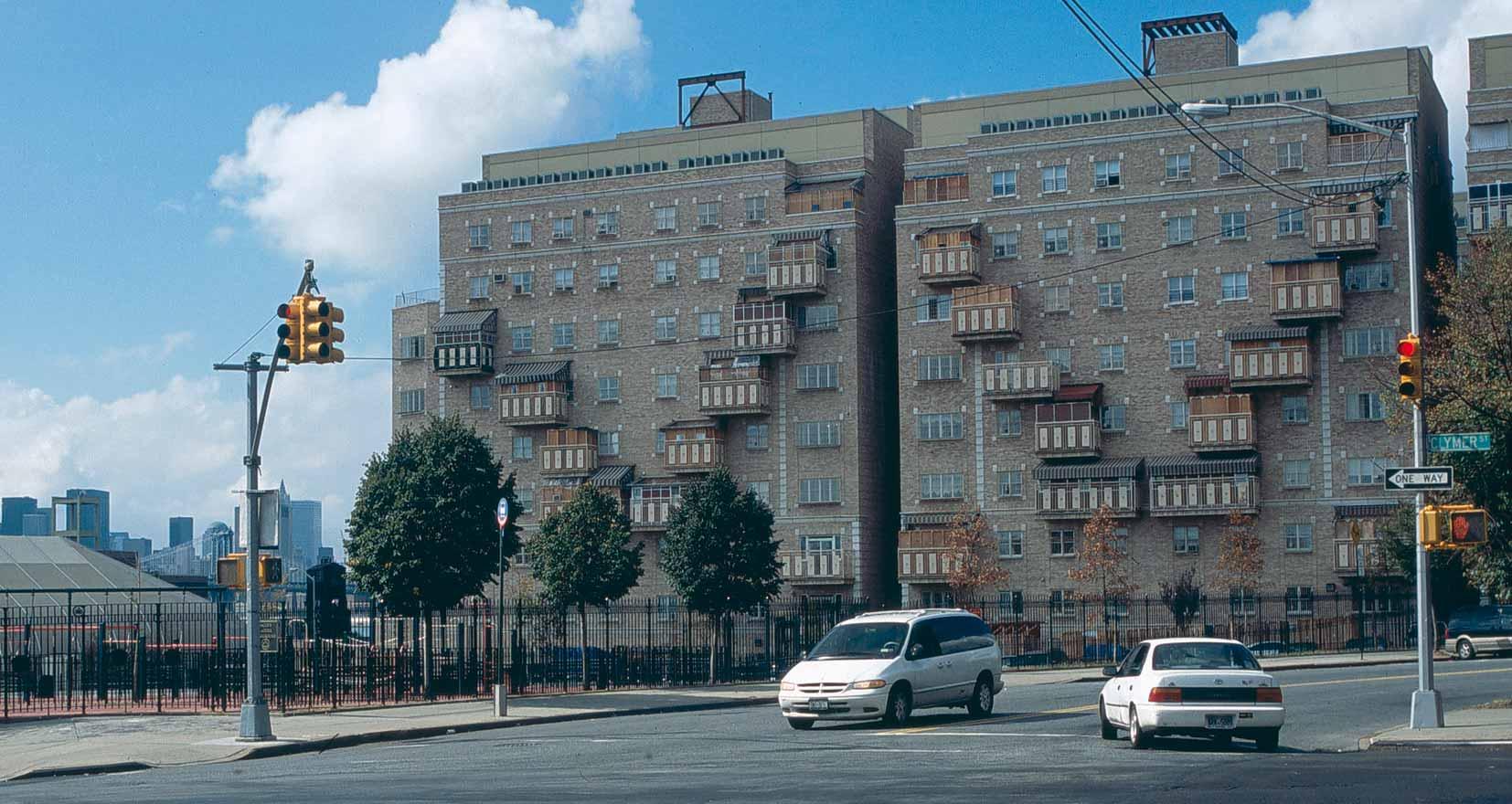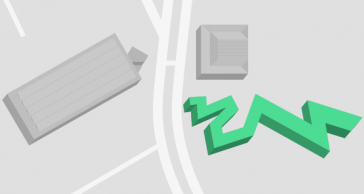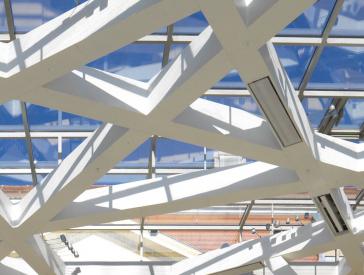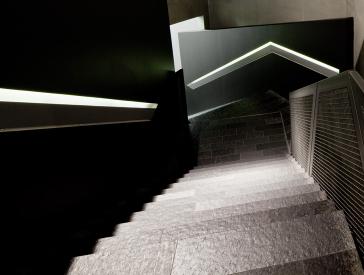
The Sukkah
A Fleeting House for a Jewish Festival
Photographs by Mimi Levy Lipis of contemporary sukkot in Europe, Israel, and the US
Mimi Levy Lipis has taken over a thousand photos of sukkot, Hebrew for thatched huts (singular: sukkah). This exhibition displayed around 200 of these works on five projection screens. The images interacted with quotes from the Torah and the Talmud and a sixteenth-century summary of Talmudic commentaries, all concerned with the construction of sukkot.
Past exhibition

Where
Libeskind Building, ground level, Eric F. Ross Gallery
Lindenstraße 9–14, 10969 Berlin
The Festival
Biblical in origin, to this day the Sukkah is a site of Jewish ritual to this day. Erected in the fall, it is customary to built it and dwell in it for one week, to eat, celebrate, and even sleep in it. Its architecture is paradoxical and raises questions of Diaspora and rootedness. On the one hand, the sukkah commemorates the temporary dwellings the Israelites lived in during their exodus from Egypt. The holiday of Sukkot, on the other hand, also celebrates harvest, and is a symbol of settlement and residency, much like North American Thanksgiving.
Even today, the booths are usually simple structures made of fabric, tarpaulins, or wood, which are constructed outside or integrated into existing spaces. A sukkah must have at least two and a half walls and a thatched roof through which the stars are to remain visible. Sometimes they match the surrounding architecture, and other times they stand out.
The Photographs
Mimi Levy Lipis’s photographs display sukkot plain and bizarre: a sukkah on a truck outside a restaurant in Manhattan, sukkot on forlorn parking lots in London, individual huts nested on numerous apartment balconies in Jerusalem, a sukkah built for eternity in Berlin, sukkot made of identical fabric in London and Tel Aviv. The photographed sukkot present a tension between specific localities and the abstract places of belonging, between individual architecture and collective ritual, between personal interpretation and historical influence.
Exhibition Information at a Glance
- When 4 Nov 2010 to 27 Feb 2011
- Where Libeskind Building, Eric F. Ross Gallery
Lindenstraße 9-14, 10969 Berlin
See Location on Map



